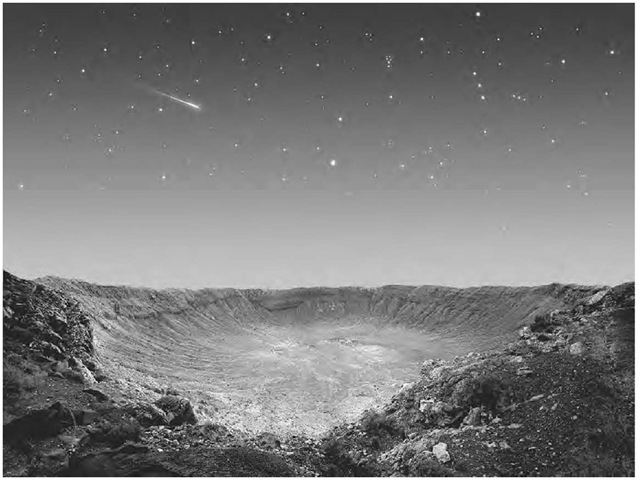Unexpected events in past skies, such as eclipses or the appearance of comets and meteors, could cause fear and even social disruption. In particular, they could threaten the power of elites, which was often predicated on being able to control the celestial bodies and keep them regular and predictable.
It has been suggested by some astronomers that cometary activity might have been much greater at certain epochs in the past, resulting in periods when sightings of spectacular comets and meteors were much more common. One such period occurred during the second millennium b.c.e., causing considerably more “active” skies, and the unrest that these caused brought about significant social and political upheaval, together with abrupt changes in beliefs systems in many parts of the world. The astronomical arguments remain controversial, but even if one accepts them, there are problems on the archaeological side. For sure, major social and ideological changes affected many human societies all round the globe during the second millennium b.c.e., but one has to question whether this period was much different from any other era in the last few millennia in this respect. In any case, the impact of fearsome sights in the sky on any particular group of people would have depended greatly upon all the other, more localized problems that were of concern at the time. The sky was important, but it wasn’t everything.
The Barringer Meteor Crater near Winslow, Arizona. By chance, the camera has caught a meteor in the sky above the crater.
Since the 1990s, increased cometary activity in the past has engendered a great deal of interest, but largely for another reason: the increased probability of physical impacts from small meteorites hitting the earth. Though derived from the same astronomical cause, this is a fundamentally different issue in human terms. Meteoritic impacts have a direct physical outcome. Even a small meteoritic impact can have a devastating short-term effect on the climate, causing atmospheric dust, which leads to growth-free “cold summers” over vast areas.
And such effects did happen, which is clearly shown by evidence from dendrochronology (tree-ring dating). This dating technique is capable of assigning individual growth rings in particular timbers to a particular year. As a result, we know that during certain years in the last five millennia, there was virtually no significant tree growth anywhere in the northern hemisphere. The years with the most severe climatic downturns were 2345 b.c.e., 1628 b.c.e., 1159 b.c.e., and 536 c.e. When these events were first identified in the tree-ring record, the cause was suspected to be volcanic eruptions, but the Northern Irish dendrochronologist Mike Baillie has argued strongly against this. If one accepts that the cause of some or all of the climatic downturns was indeed a meteoritic impact, this does not mean such impacts were more likely in the past; on the contrary, they may be as likely today as ever.
Whatever did cause these climatic downturns, questions about their impact on the Earth’s population at the time can only be addressed by carefully piecing together fragments of archaeological, historical, and environmental evidence. In the meantime, the popular wave of interest in meteoritic impacts that ensued in the late 1990s generated everything from theories of global catastrophe and revolutionary social change throughout the world in the mid-sixth century c.e. to totally unsustainable ideas that Stonehenge in England was built to observe and predict meteoritic impacts.

